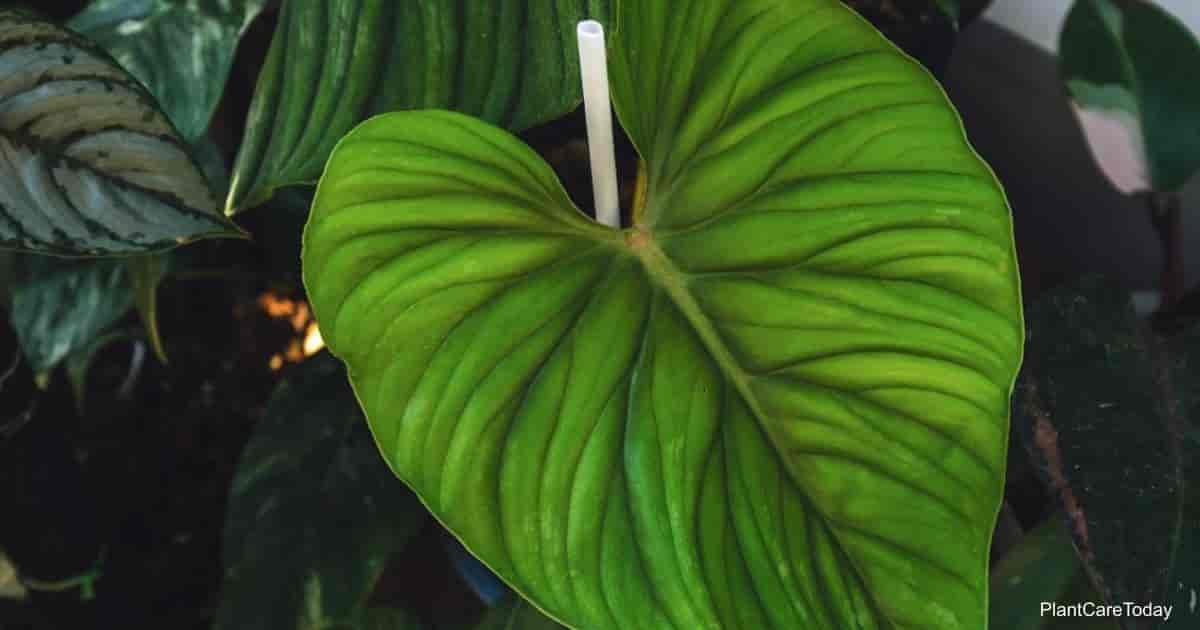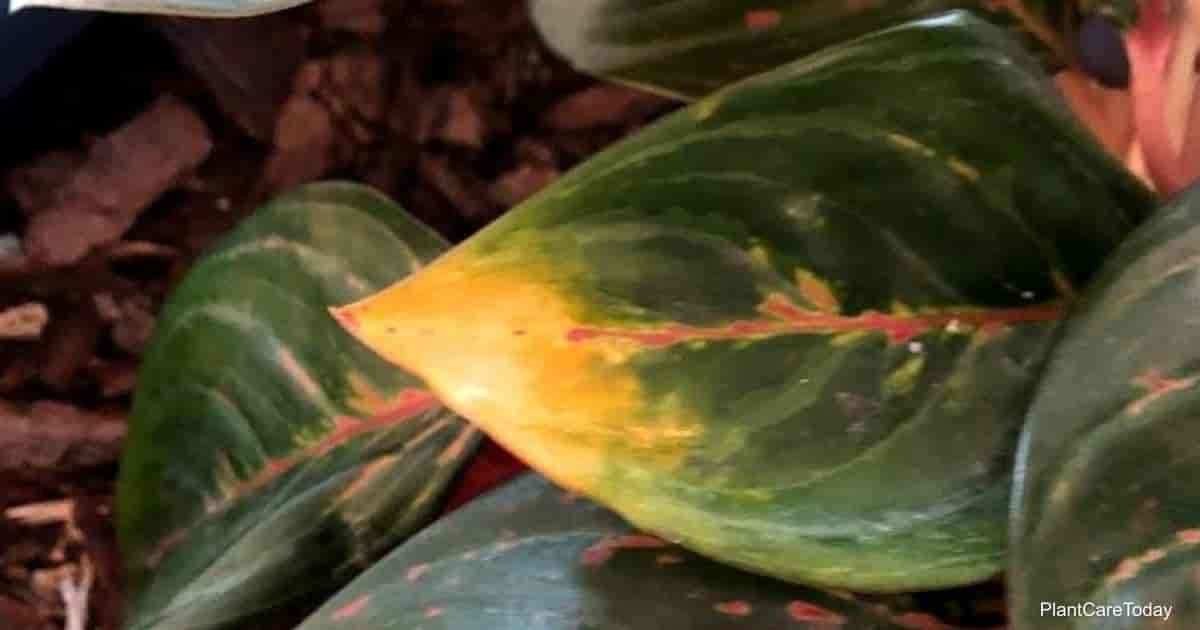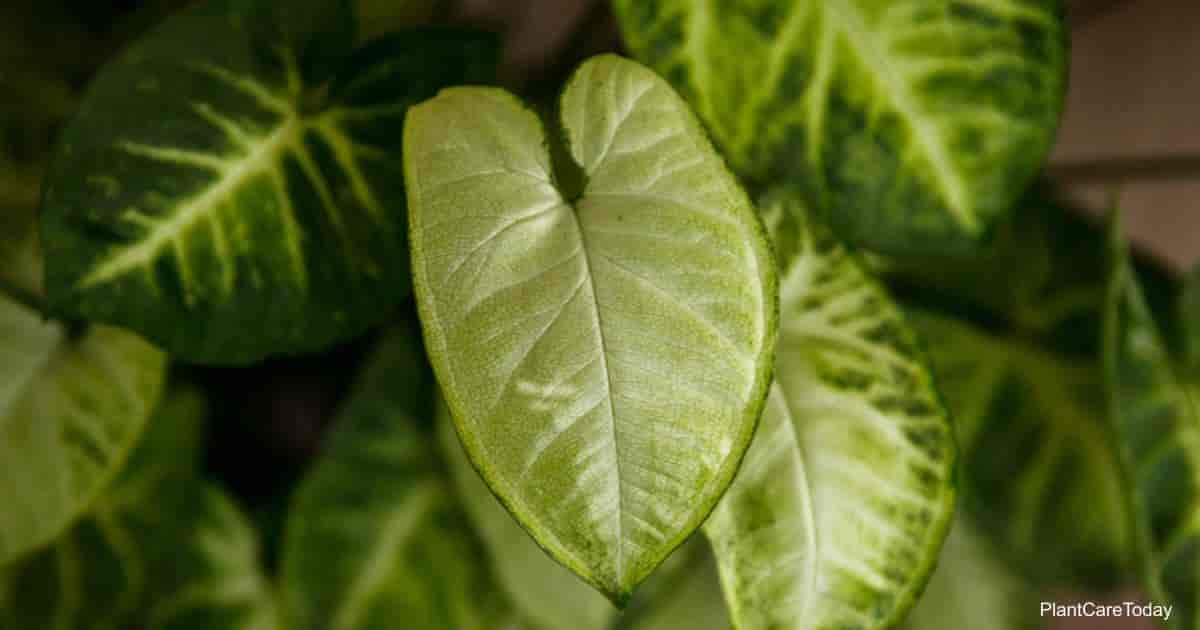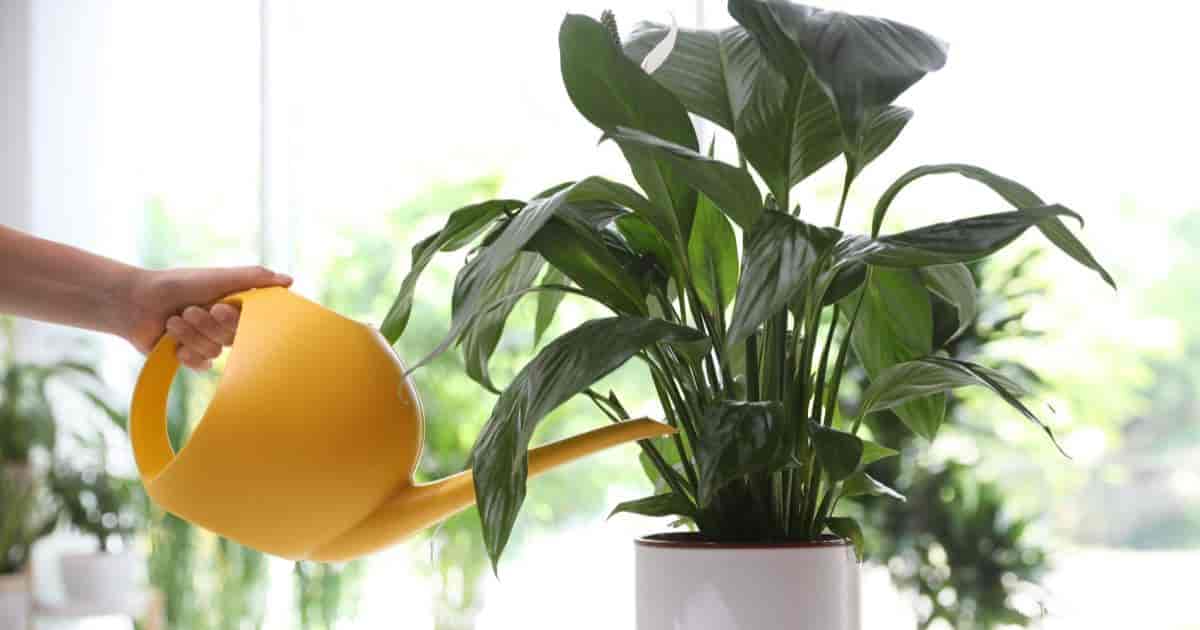Botany is a messy business, with the botanical names of plants often being shuffled around based on the classification system currently in vogue. Philodendron Plowmanii is one such plant.
It also means that countless plants are sitting on a waiting list to be officially named and classified.
One such plant is a species of philodendron that has been mislabeled as a Philodendron mamei through the 1990s until the early 2010s. It’s suspected there’s another one too.
This plant is still on the list to have its proposed botanical name accepted or rejected, but in the meantime, it’s known as Philodendron plowmanii (fil-oh-DEN-dron plow-MAN-e-eye).
This seemingly rare perennial member of the Araceae family hails from Ecuador and Peru, boasting an ability to remain evergreen under the right conditions.
Due to decades of mismarketing, it’s unknown just how rare this plant is, but it may be more common than we think.
Philodendron Plowmanii Care
Size And Growth
This relatively slow terrestrial grower can reach a domestic length of 8’ feet with the proper care, although environmental factors can affect this growth rate.
It has the potential to grow much larger outdoors, although the range of hospitable zones is pretty small in the US.
The large, thin leaves grow out of the stem and undergo several changes as they mature.
Juvenile leaves are multiple shades of green and boast silver streaks.
As the leaves age, they morph from oval to heart-shaped and develop grey undersides as the silver fades.
The veins on these leaves are a creamy yellow, providing even more contrast to the bicolored, leathery leaves.
Unlike Philodendron mamei, the petioles on plowmanii are ruffled while the leaves lack the silver variegation of an adult mamei.
One hybrid already available is Philodendron plowmanii x tenue, with bright green leaves and deep-set veins.
Flowering And Fragrance
As with other philodendrons, you’ll rarely see it bloom domestically and especially not indoors.
It produces three simple white to yellow spathes per axil on a reddish-tinged peduncle when it does bloom.
These inflorescences bring nothing to the table unless you want seeds, and it’s not unheard of for a plowmanii to bloom unnoticed.
Light And Temperature
Philodendrons, whether terrestrial or epiphytic, are adapted to life in the jungle.
As a result, they’re prone to scorching if exposed to direct sunlight.
As a result, most growers prefer to keep their plowmanii plants in bright, indirect sunlight.
Dappled or filtered light will also work well, and in less harsh climates, you can even provide the plant with full morning exposure and afternoon shade.
Another similarity to most philodendrons is in preferred humidity levels.
It will tolerate normal household levels of 40% to 60% percent but does best when the humidity is around 60% to 65% percent.
A humidifier is perhaps the best option for providing better humidity, although grouping it with other plants will also work well.
Pebble trays aren’t as effective as a repent (terrestrial creeper) unless you plan to line several up.
Philodendron plowmanii can tolerate temperatures between 55° and 85° degrees Fahrenheit but shouldn’t be left outside if the temperature dips below 60° degrees Fahrenheit.
This high intolerance to cold means it can only be grown outdoors in the US if kept potted and brought inside for the winter.
Zones 9b to 11 tend to be the most hospitable for bringing the plant outdoors.
Avoid exposing plowmanii to sudden temperature changes or drafts.
Also, due to the large, thin leaves, be sure to shelter them from heavy winds, as these can easily rip the foliage.
Plowmanii Philodendron Watering And Feeding
You’ll want to use the soak-and-dry method instead of a calendar to determine when the plant needs water.
Here are the tips to follow:
- Stick your finger in the soil and water only when the top 1″ to 2″ inches have dried.
- Only use distilled water, natural rainwater, or filtered water to avoid harming the plant.
- As you water, go slowly and work your way around the pot to evenly distribute the water.
- Avoid getting the leaves wet, and stop when you see moisture seeping from the drainage holes.
While not necessary, providing fertilizer can help speed up this plant’s growth.
Feed your plowmanii a balanced liquid houseplant fertilizer monthly during the growing season.
Dilute this according to the instructions on the package.
Cut back on the water and stop feeding in the fall and winter months.
Soil And Transplanting
As with most plants, Philodendron plowmanii requires a well-draining, rich, loose soil.
Soilless potting mixes based on compost tend to be best for this plant.
You can amend potting soil by cutting it to ⅓ with equal parts peat and perlite.
However, an equal mix of compost, peat moss, and sand makes a better basic mix.
Unlike most of your other plants, plowmanii prefers a powerful acid to acid (4.5 to 6.0) pH.
However, it can tolerate neutral levels up to 7.0, so most growers prefer to stick closer to the 6.0 to 6.5 (slightly acidic) range.
Due to its slow growth rate, there is no set timeframe for repotting a Philodendron plowmanii.
Instead, repot it if you see signs of root binding (such as roots peeking out of the drainage holes), root or soil-related disease, or if the plant becomes so heavy, it begins to tip the container over.
Always give it fresh potting medium and graduate to a container 2” inches larger if it’s outgrown the current pot.
Grooming And Maintenance
Very little maintenance is needed for this plant, although you may wish to give it a bit of pruning if it becomes leggy or loses its general shape.
When pruning, only take what’s necessary, including damaged or diseased leaves.
Remember, too much could stunt an already slow growth rate.
How to Propagate Philodendron Plowmanii?
Being one of the rarer terrestrial types of philodendron, plowmanii cannot be propagated through air layering.
Instead, stem cuttings continue to be the best option, followed by seeds (if you manage to obtain some).
Plowmanii Philodendron Pests Or Diseases
Philodendron plowmanii has an exceptionally low tolerance for cold.
Unless sick or stressed, it tends to be quite resistant to pests and disease.
That said, both aphids and mealybugs are known to take up residence in its foliage.
The four most common diseases are the following:
- Erwinia blight
- Pseudomonas leaf spot
- Root rot
- Xanthomonas leaf spot
As with other philodendrons, this plant contains high calcium oxalate crystals, which are deadly to cats and considered toxic but not fatal to most dogs and children, with mostly minor symptoms in adult humans.
Potential side effects are the following:
- Mouth irritation
- Nausea
- Diarrhea
- Vomiting
- Dizziness
- Development of kidney stones
Additionally, the sap is known to cause allergic reactions in some people, so be sure to wear gloves when handling it.
Uses Of Philodendron Plowmanii
This is a wonderful addition to your home or tropical garden.
While not able to handle winter temperatures in even the warmest zones. It creates a beautiful display when allowed to creep along a surface such as a bookcase or a mantle.
It also plays well with other plants, making it a great pairing with taller flowers.
It can also be brought outdoors in warm weather to compliment summer or tropical garden displays.
Credit : Gary Antosh (https://plantcaretoday.com/philodendron-plowmanii.html)





